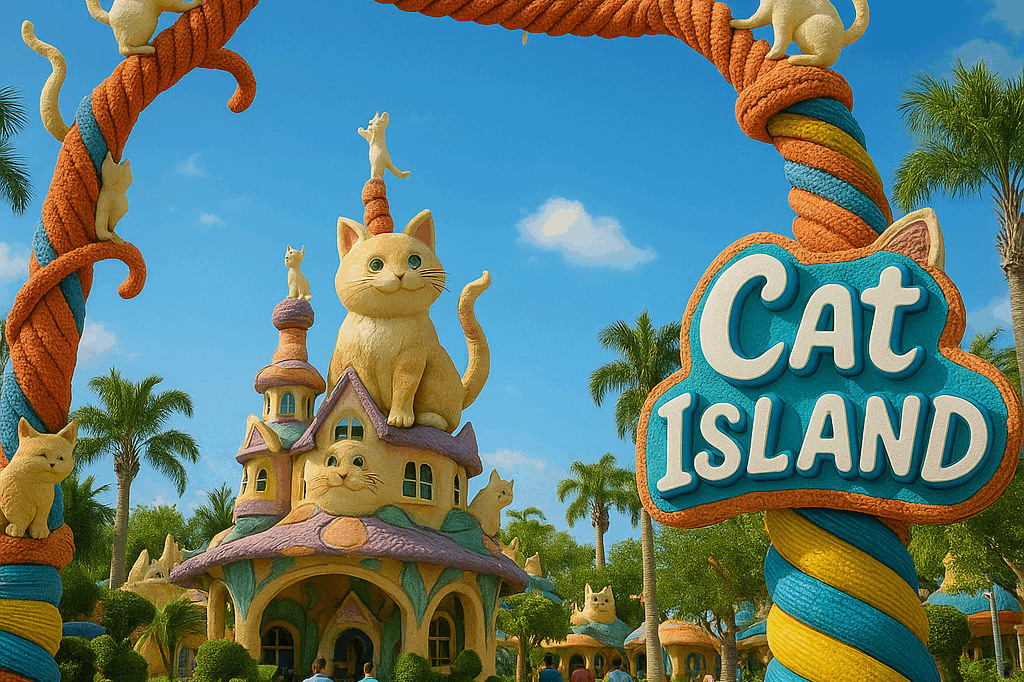A few design principles can guide in-person interactives, whether at a theme park, hotel, or trade show. We want to intrigue and delight our guests. We strive for novelty in order to get a “wow” reaction. In our quest for innovation, we must not lose sight of time-tested truths about human behavior and satisfaction.
We believe that the following principles are fundamental to creating fun guest experiences. They may sound obvious, but it’s one thing to consider them during the design phase, and another to ensure we’re staying true to them throughout implementation. Below are a few basics that guide our work from blue-sky iteration through commissioning.
Make It Intuitive (or really easy to learn)
If I see someone do it, I should know how to do it within seconds. I don’t mean that I should necessarily “win” in seconds, but I should know how I’m supposed to interact in order to complete the activity. Ideally, if the guest is expected to repeat the action, the action itself should be enjoyable. Skeeball is a great example: I understand the motion, and I have fun repeating it.
If we are designing for an environment that values repeat visitors, we also want to ensure that there is room for growth. People are more likely to repeat activities if they can see themselves improving. The ideal action is therefore easy to pick up but difficult to perfect.
Designing location-based entertainment is like designing a board game or sport without a rule book. No one has time to learn rules, nor do they want to!
Consider the Context

People’s experience is largely shaped by their expectations. And expectations shift according to context. What are our guests doing when they arrive? If they’re at a conference, there’s a good chance they will participate in the experience while networking. If they’re on a cruise, they’re probably looking for something to do. The cognitive demands of the design should match the guests’ environment.
Likewise, emotional rewards must align with the behavior that the guests themselves want to display. It’s unprofessional to gloat or mope at a trade show, so if we want to introduce a competitive element, we must make sure that losing does not make guests feel embarrassed or insufficient.
Context also includes the obvious: if it’s sunny, will they be able to see? If it’s rainy, can they do it without getting wet? Being indoors is no guarantee: is it loud? Is it crowded?
Celebrate Clear Wins
Interactives should give crystal-clear feedback. If I fail, I want to know so that I can try again. If I succeed, I want a delightful outcome. If I do something and cannot tell if I did it right or wrong, that is a dissatisfying experience.
There are certain contexts in which audiences are open to ambiguous responses, e.g. art installations where guests are willing to spend an hour figuring out what is even going on. If we want to create work like this, we have to be willing to take the risk that people will get bored, give up, and leave in frustration. I love this kind of work, but it’s not the kind of design we generally get paid to do. We want to maximize delight, and feeling lost is not delightful.
Focus on the Physical
People attend events in person to interact with the world and other people. Guests should not be able to replicate the interactive experience at home. This can mean building something physically impressive or technically complex. It can also mean designing an experience in which people engage with each other in a joyful and unique way.
There may be very little that physically differentiates a special space from any other. Its magic can be based on the presence and behavior of other people. Teachers run VOXPOP educational role-plays in their own classrooms. The experience of the class feels distinct because the teacher encourages and models different behavior.
Have One Goal

If someone asks, “How do you want guests to feel?” we should be able to answer in one word. “Excited,” “Impressed,” “Scared,” etc. Lasting thoughts are built on strong emotions. Maybe our intended takeaway is, “Make people excited about the vastly improved ROI with this innovative product.” That message will only stick if it’s built on that fundamental emotion: excitement.
Building an interactive experience from concept through commissioning is like navigating a stormy ocean. Things always come up. At times, we fear for our lives. Thankfully, we have one emotional goal, and that goal is our lighthouse.
Conclusion
As a project progresses from initial brainstorm through opening, it is easy for the design to get muddled. Keeping these fundamental principles in mind helps us decide which proposed changes serve the project, and which need to be reconsidered.
Ultimately, all choices must be evaluated through playtesting. Design choices do not always have their intended effects. A designer must inevitably kill their darlings. These guidelines ensure that the project’s outcome does not suffer in the process.
Notes
For more thoughts on designing fun, take a look at this InPark magazine article written by Jenny Lim and Erica McCay.




